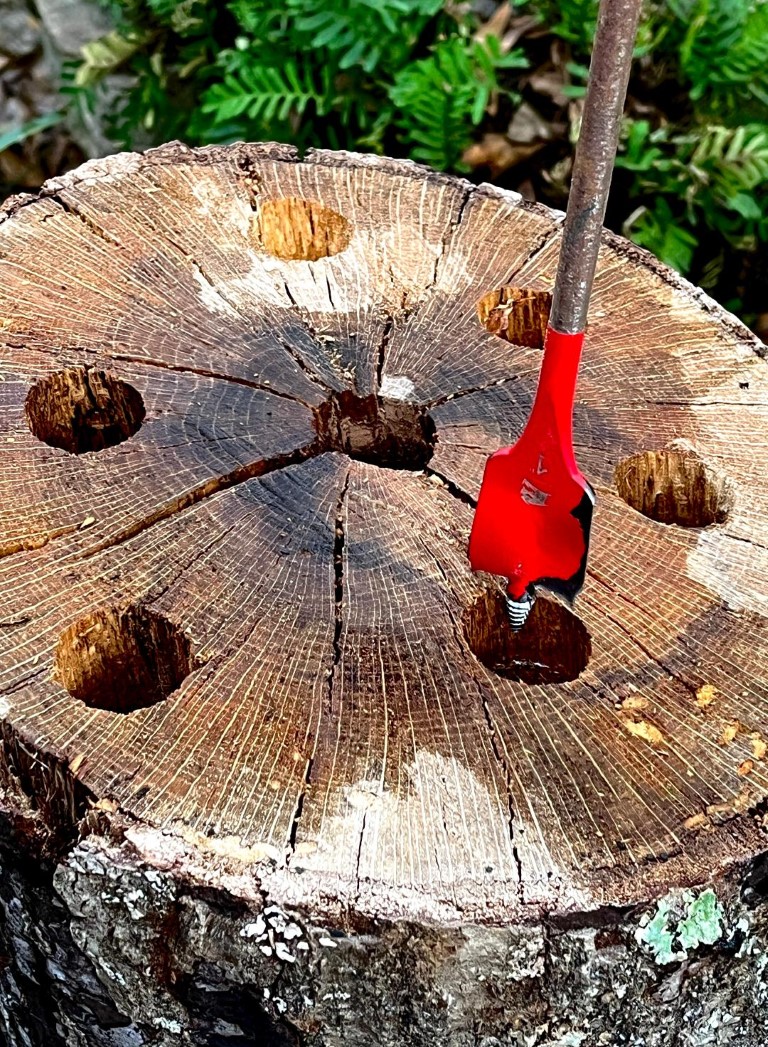One dead after culvert washout on Mt. Olivet Rd.
Published 12:00 am Tuesday, April 28, 2015
By John Howell & Rupert Howell
Friday night flooding is blamed for one fatality and one injury after over four inches of rain fell in the Batesville area in less than two hours. At least nine businesses and two residences were flooded during the deluge.
Panola County Coroner Gracie Grant-Gulledge said James Willie Harris, 49, died when the vehicle in which he was a passenger crashed into a deep ravine where a culvert had washed out on Mt. Olivet Road near Batesville city limits. The vehicle driver survived and was transferred to the Med in Memphis, she said.
Panola County Emergency Operations Director Daniel Cole said the worst of the storm occurred in and east of the Batesville area. No other nearby counties reported damage he said.
Besides the nine businesses and two homes that flooded, Cole said culverts were washed out not only on Mt. Olivet Road, but also Woodland Road and Dogwood Lane in east Batesville were closed.
Highway 315 near its bisection with Mt. Olivet Road near Mt. Olivet Methodist Church had mudslides caused by the heavy rains which had that highway temporarily closed while MDOT responded and cleared the highway according to Cole.
District Four Supervisor Kelly Morris who serves as supervisor board president continued to assess damage Monday morning mentioning previously reported areas of damage and stating smaller damage occurred throughout the county such as washed out places in roads and ditches, stopped up culverts and washed out driveways.
County road manager Lygunnah Bean said a wash on the east end of Brewer Road may cause officials to close that road. Bean said he was to meet with county engineer Larry Britt to determine what action to take on that road.
Supervisor Morris said board members had been advised not to discuss the Mt. Olivet Road accident where the fatality occurred due to potential litigation but Bean said when the culvert is replaced, it will most likely remain closed until the fill material has had ample time to dry and the ground has had time to settle.
He explained that putting a new pipe in the ground at the location would leave it even more vulnerable to washing than before with wet ground and fill materials should another deluge like the one Friday night occur.
A replacement culvert at the scene of the accident has been on site for several weeks, but weather has postponed its installation according to Bean.
Areas along Highway 6 west and south of the railway overpass flooded extensively, Cole said, primarily entering businesses, including a mechanic shop and Green Point Ag on Highway 35 South, Pride Hyundai and Ray’s Mechanic Shop on the south side of Highway 6 and Hallmark Ford on the north side of Highway 6.
The rain fell so hard and fast, “there just wasn’t anywhere for it to go,” Cole said Saturday morning.
Eric Avery was on duty with Tallahatchie Valley Electric Power Association and pointed about six inches from the ground on his TVEPA service truck’s tire.
“That’s how high the water came up and I was on top of a hill. If you weren’t out at 1:30 (a.m.) you don’t realize how hard it was raining,” Avery said.
As daylight arrived Saturday, the floodwaters had drained quickly, leaving “distinct water marks” that EMA officials were photographing to document the extent of the flooding.
Batesville Mayor Jerry Autrey said Monday that Batesville’s board of mayor and aldermen will have to decide whether to bid the replacement culvert or declare an emergency. He also said the type of structure to replace the destroyed culvert on Woodland would have to be decided such as using another large culvert or precast concrete structure.
Building a box culvert didn’t seem to be an option with Autrey stating, “I don’t want to leave it closed like that—a box culvert takes so long.”
Meanwhile Batesville firefighters spent much of Saturday hosing down roads including Broadway, Commerce, and Acorn Streets as well as the floor of South Panola’s Field House, which all were covered in mud due to the muddy runoff water.





